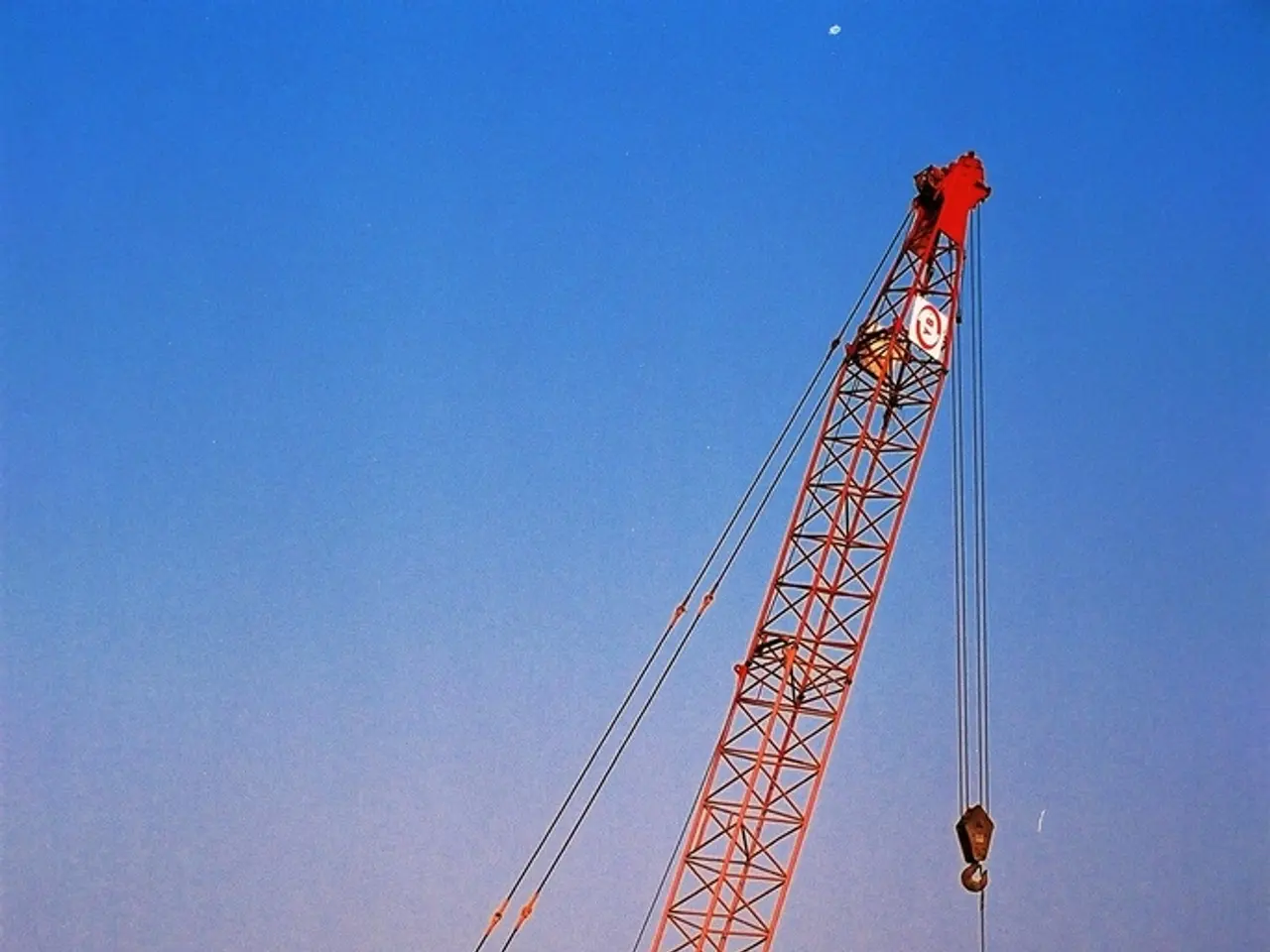Crane migration commences in Brandenburg, anticipating the arrival of 15,000 birds
Brandenburg, a region in Germany, is gearing up for an incredible spectacle as the crane season begins. The bird species that triggers the annual visit between September and October is none other than the majestic crane. Up to 15,000 individuals are expected to make their way through the region, with main observation sites known for crane resting during their autumn migration.
Katja Benke, a representative from the Nature Landscape, emphasises the importance of undisturbed bogs and sleeping places for these magnificent birds. Cranes prefer to breed in these undisturbed areas, and they require undisturbed sleeping places for their stopover as well.
The West European migration route leads from Scandinavia across Germany to France and Spain. Despite being capable of making the journey to their wintering grounds in just a few days, cranes often take breaks to rest and refuel. Brandenburg, lying on an international bird migration route, provides the perfect stopping point.
As the cranes begin their journey, childless pairs and bachelor groups are the first to arrive at the gathering points. Pairs with offspring follow suit, adding to the growing flock. Sufficient food is another essential factor for the cranes' stay in Brandenburg.
For those interested in observing these majestic birds, guided observations, safaris, and lectures are available at the Heinz Sielmann Nature Experience Center. Katja Benke highlights the best viewing opportunities for observers: the crane tower at the Borcheltsbusch near Freesdorf and the Heinz Sielmann Nature Experience Center in Wanninchen.
However, it's not all smooth sailing for the cranes. Challenges exist at breeding and sleeping places for the cranes. If the water level around crane nests drops, it can expose them to predators. But with the support of nature enthusiasts and conservation efforts, Brandenburg continues to provide a safe haven for these magnificent birds.
So, if you find yourself in Brandenburg between September and October, don't miss out on this incredible natural spectacle. The crane season is not one to be missed!
Read also:
- Peptide YY (PYY): Exploring its Role in Appetite Suppression, Intestinal Health, and Cognitive Links
- Toddler Health: Rotavirus Signs, Origins, and Potential Complications
- Digestive issues and heart discomfort: Root causes and associated health conditions
- House Infernos: Deadly Hazards Surpassing the Flames








